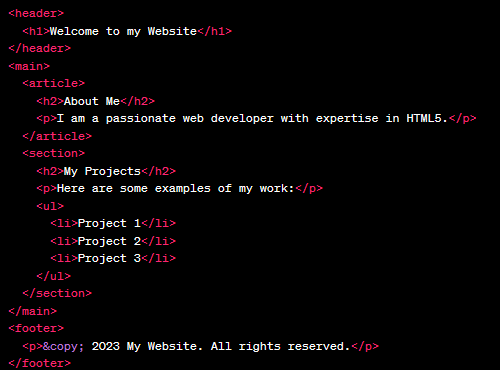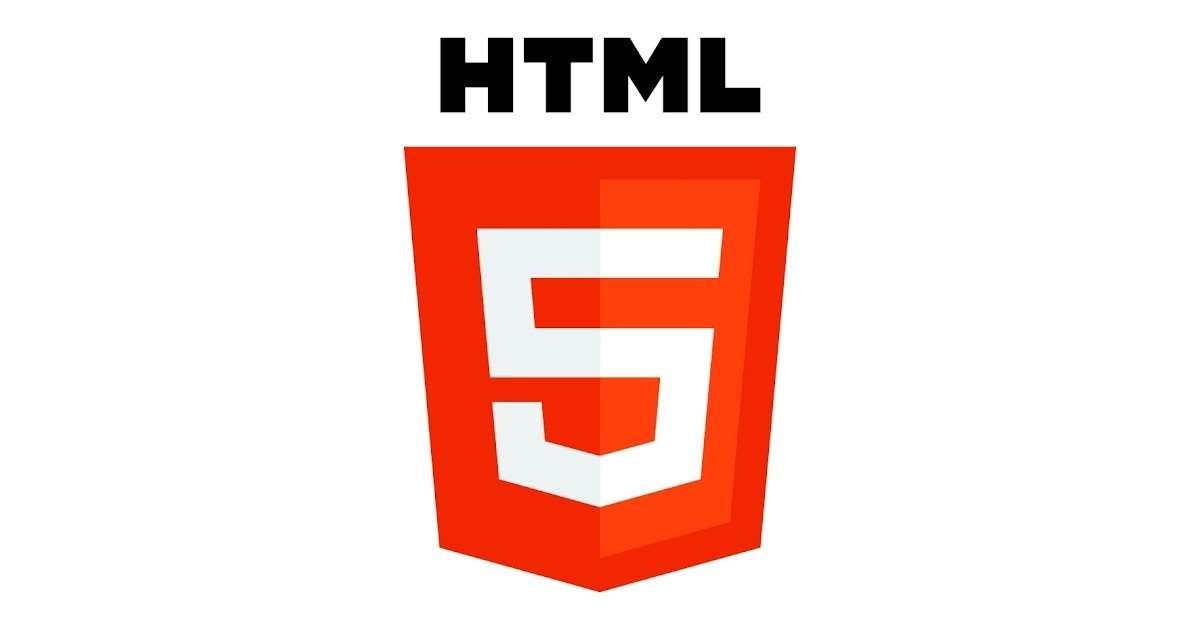HTML (Hypertext Markup Language) and its latest version, HTML5, form the foundation of web development. They provide the structure and semantics necessary for creating web pages and applications.
In this essay, we will explore the features of HTML/HTML5, discuss their importance, and showcase some code examples to illustrate their usage. Understanding HTML/HTML5 is crucial for web developers as it enables them to create rich, interactive, and accessible web experiences.
HTML/HTML5
A Foundation for Web Development:
HTML is a markup language that uses tags to define the structure and content of web documents. It describes the hierarchical structure of a web page, allowing browsers to interpret and render it correctly. HTML5, the latest version of HTML, introduced new elements, attributes, and APIs, enhancing the capabilities of web development. Both versions play a crucial role in creating web pages that are semantically meaningful, accessible, and compatible across different devices and platforms.
Semantic Markup
Semantic markup is a fundamental concept in HTML/HTML5. It involves using HTML tags that convey the meaning and structure of the content rather than merely determining its appearance. By employing semantic elements like <header>, <nav>, <main>, <article>, <section>, and <footer>, developers can create well-structured web pages that are easily understood by search engines and assistive technologies.
Example Code:

Multimedia Support
HTML5 introduced new elements and APIs that revolutionized multimedia integration. With HTML5, developers can easily embed audio and video content directly into web pages without relying on third-party plugins like Flash. The <audio> and <video> elements provide a standardized way to include media files, making the web experience more engaging and accessible to users.
Example Code:

Form Validation and Input Types
HTML5 offers improved form-handling capabilities by introducing new input types and form validation attributes. Developers can now use input types such as email, number, date, and URL, which provide built-in validation and improve user experience. Additionally, HTML5 introduced the required pattern attributes, allowing developers to validate form input on the client side.
Example Code:

Canvas and Graphics
HTML5’s <canvas> element provides a powerful API for drawing graphics, animations, and interactive visuals directly within web pages. Developers can use JavaScript to manipulate and animate the canvas, creating dynamic and visually appealing content without the need for plugins or external libraries.
Example Code:

Conclusion:
HTML/HTML5 forms the backbone of web development, allowing developers to create structured, semantically meaningful, and interactive web experiences. By utilizing semantic markup, multimedia support, form validation, input types, and the canvas element, developers can enhance user engagement, improve accessibility, and create visually appealing content.
Understanding and harnessing the power of HTML/HTML5 is essential for building modern, responsive, and user-friendly websites and applications.
